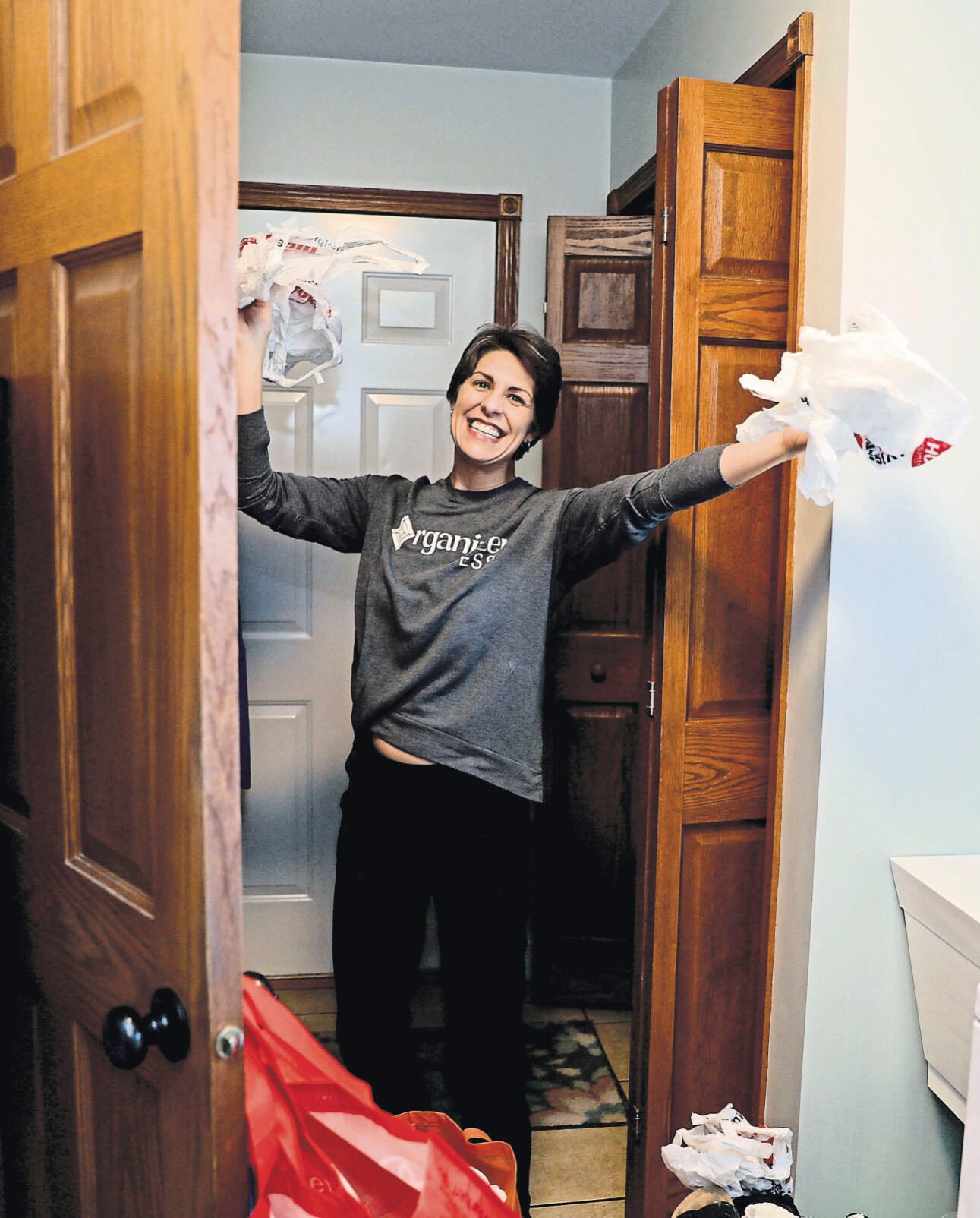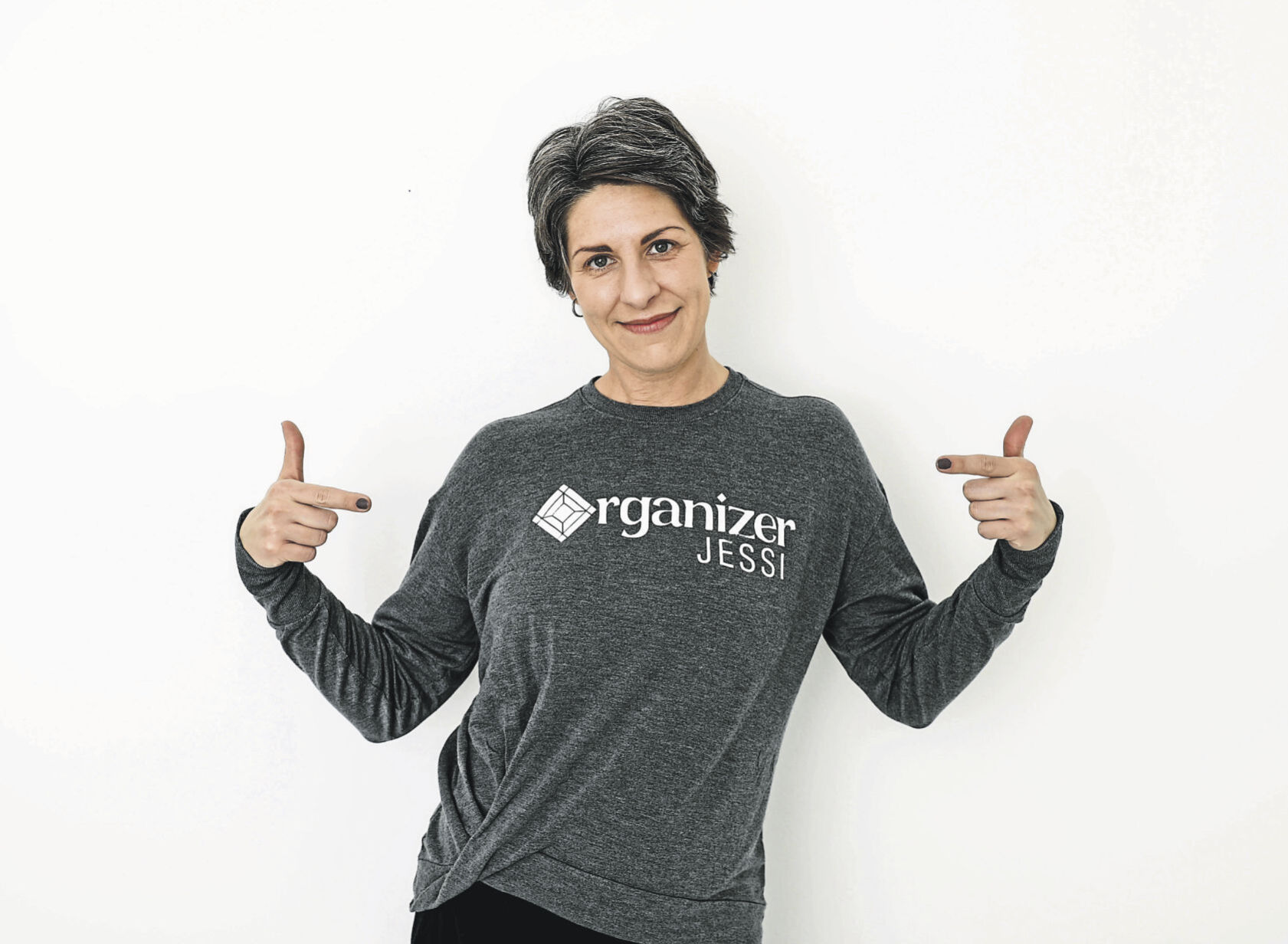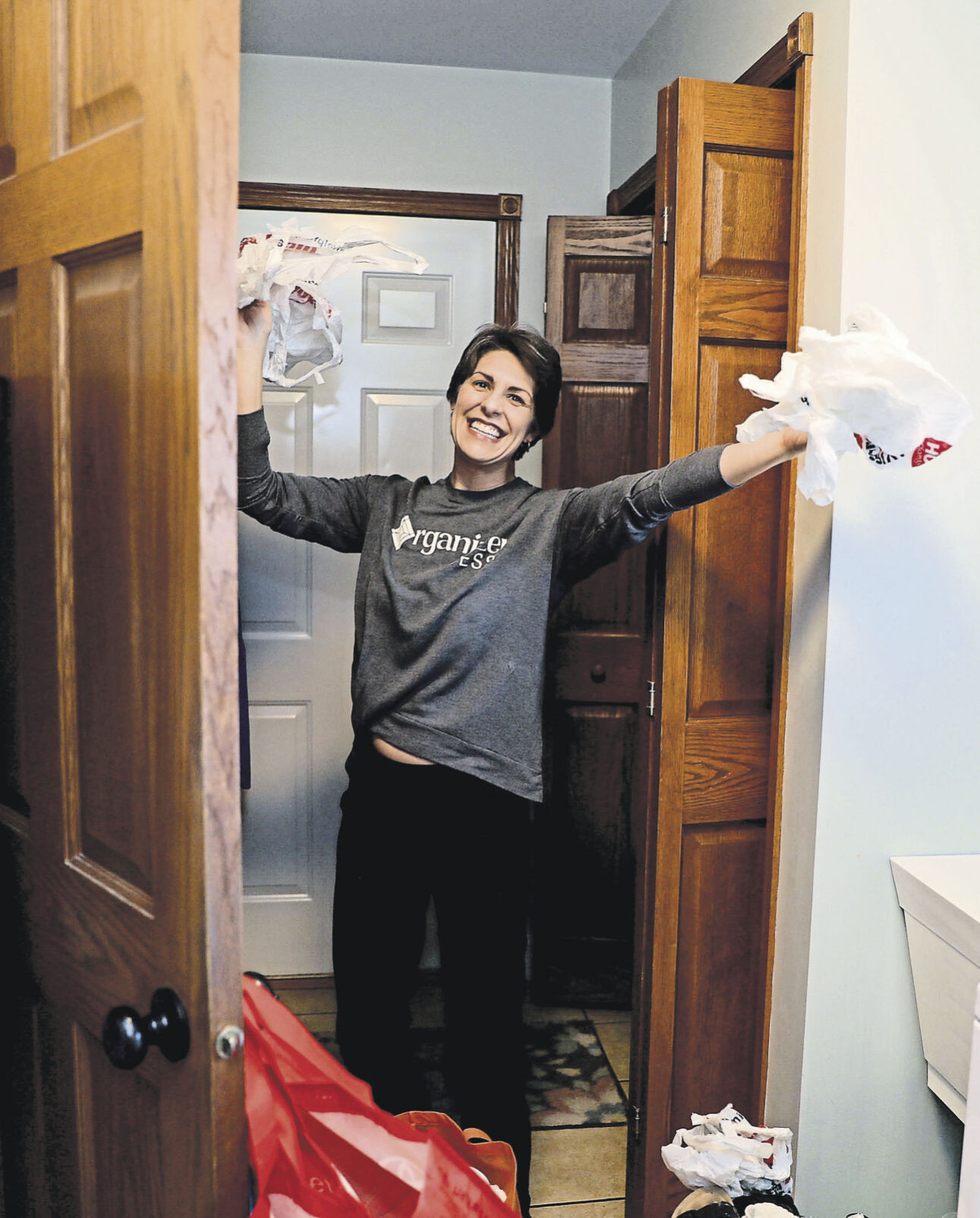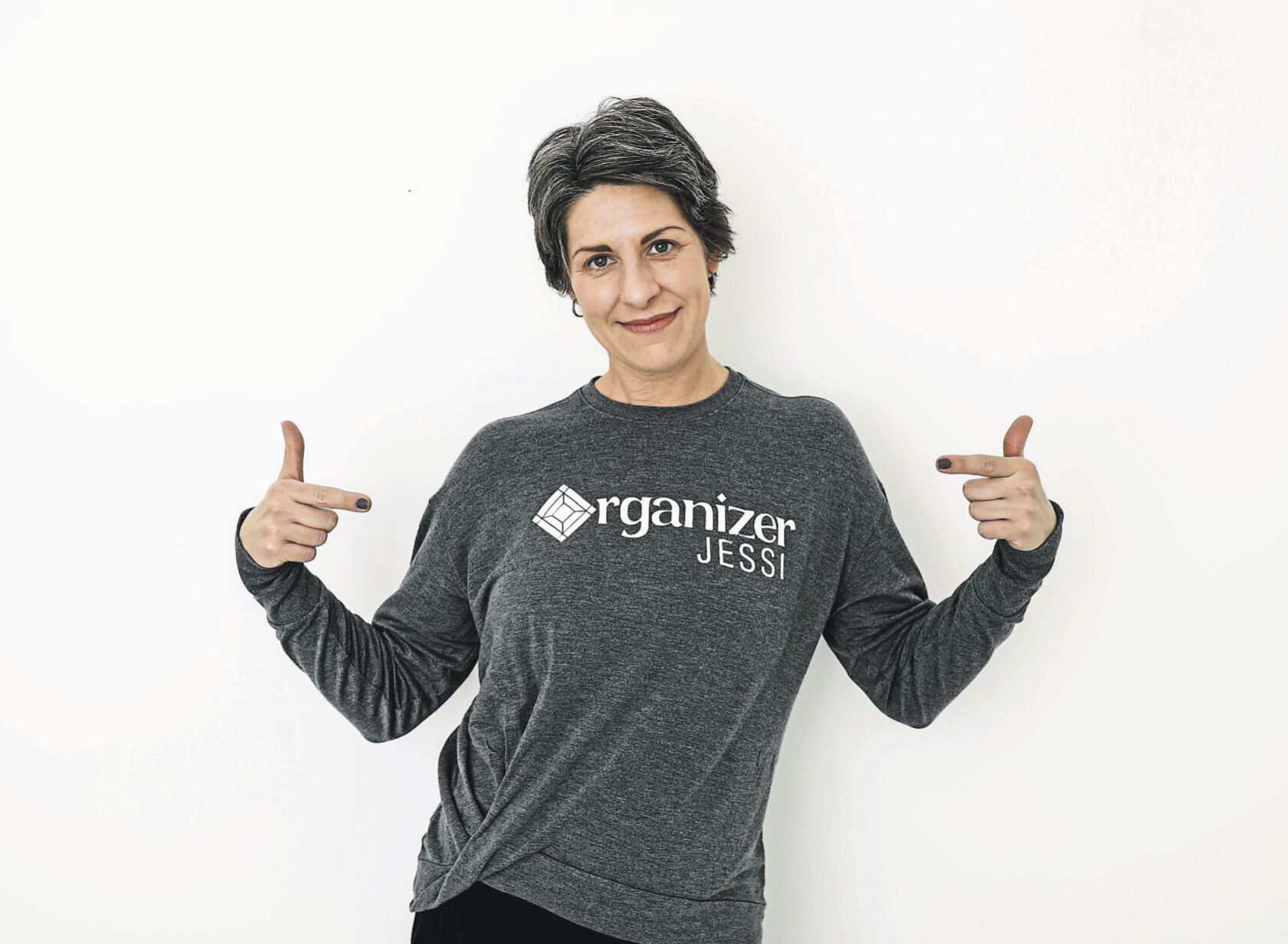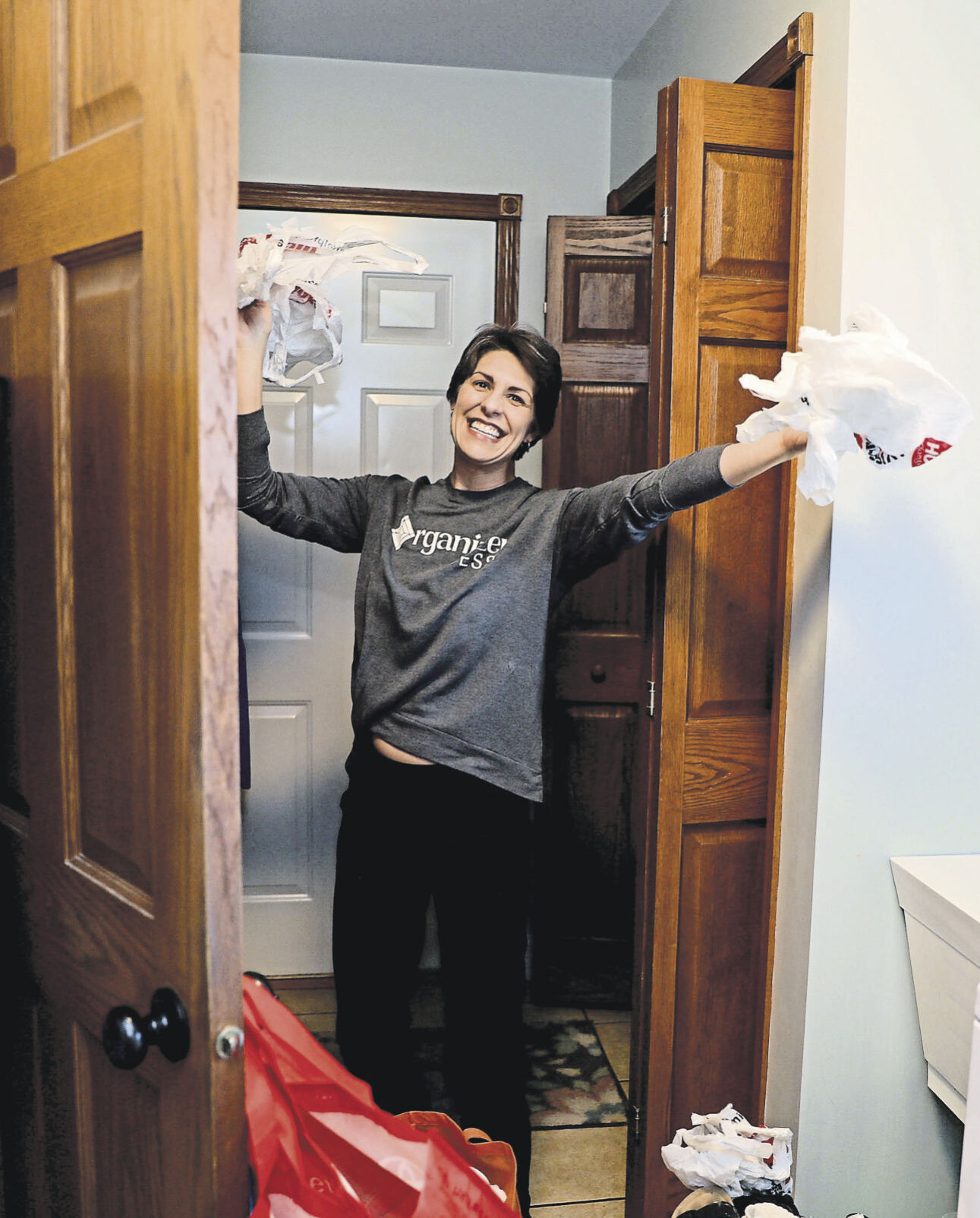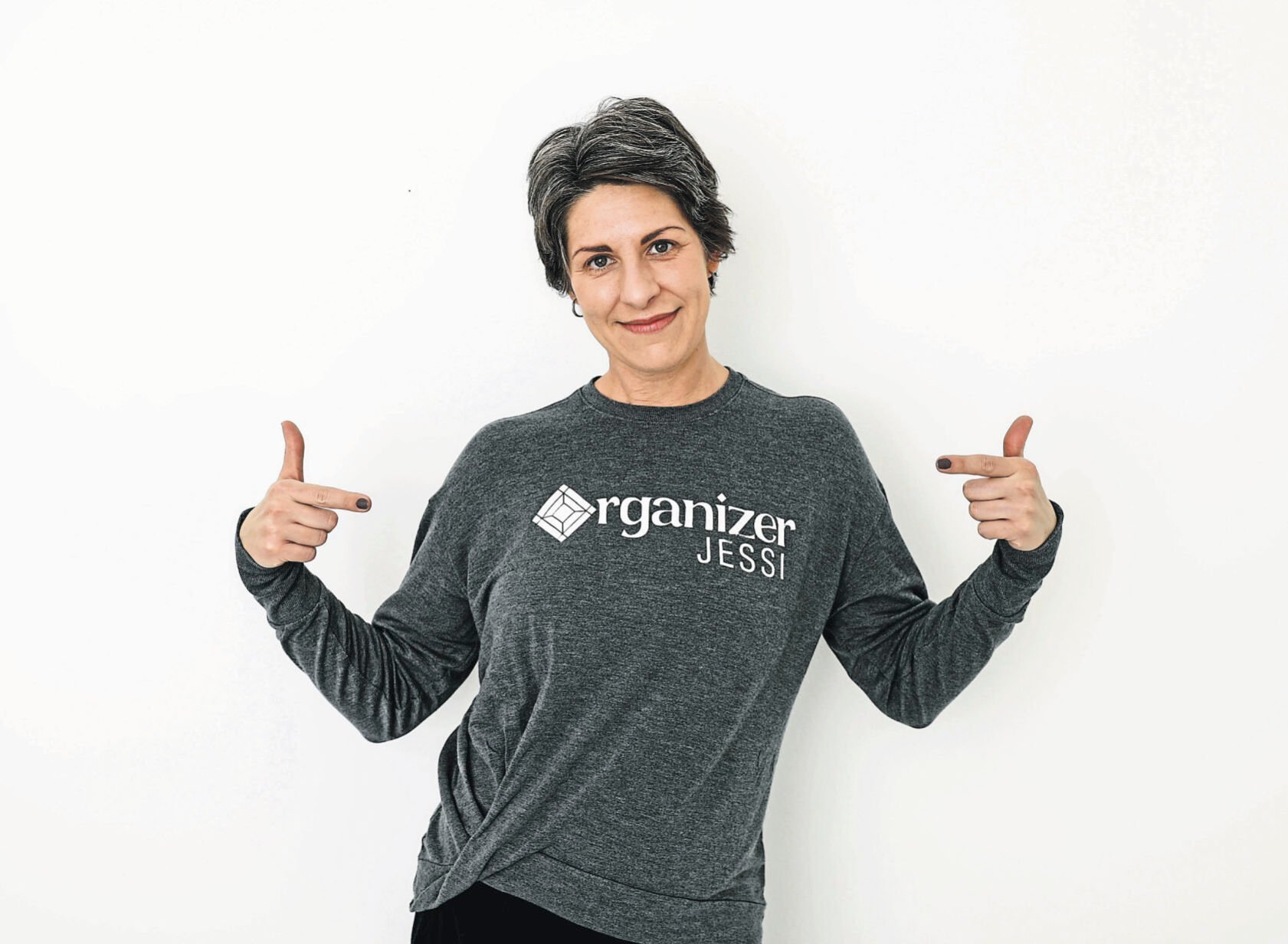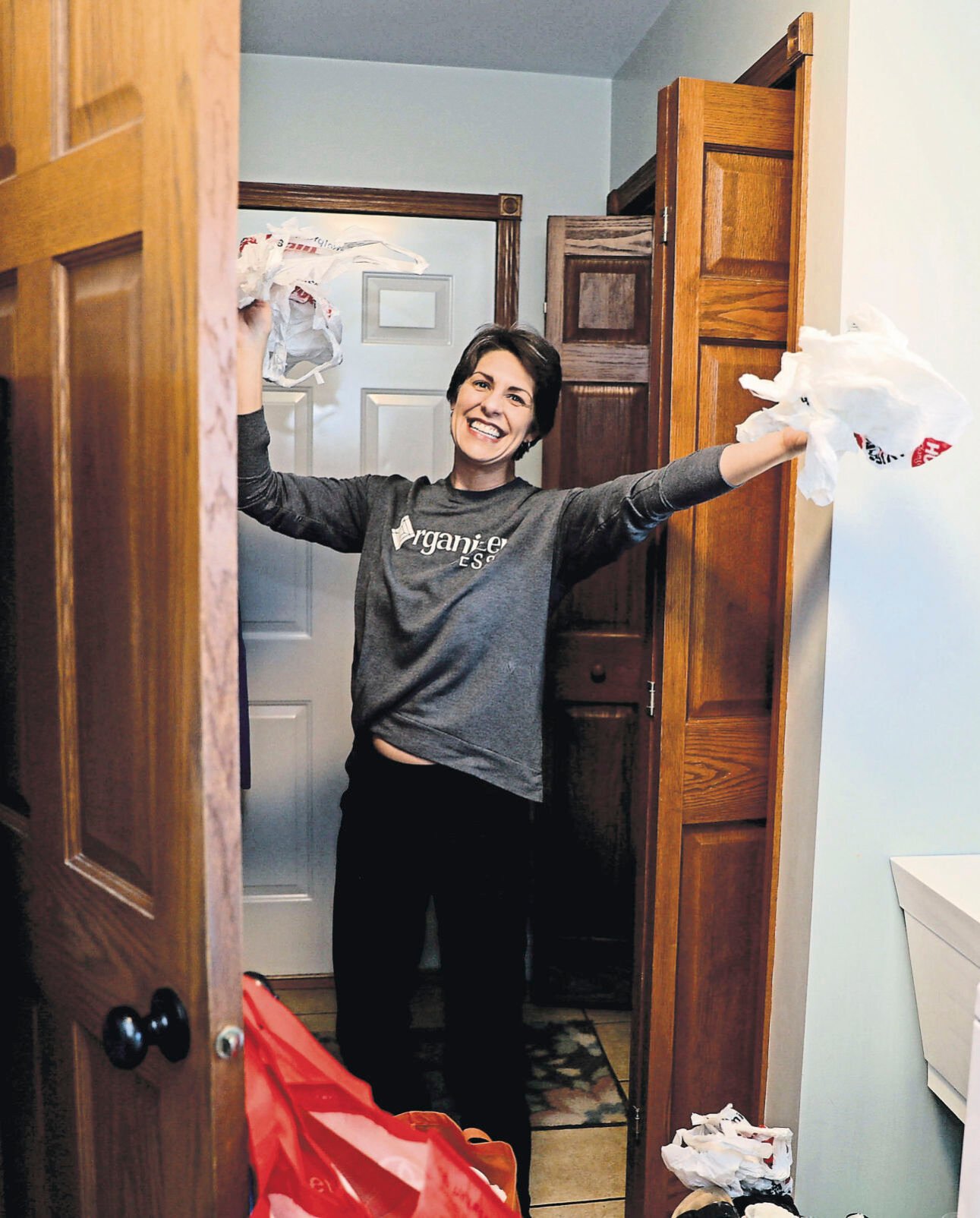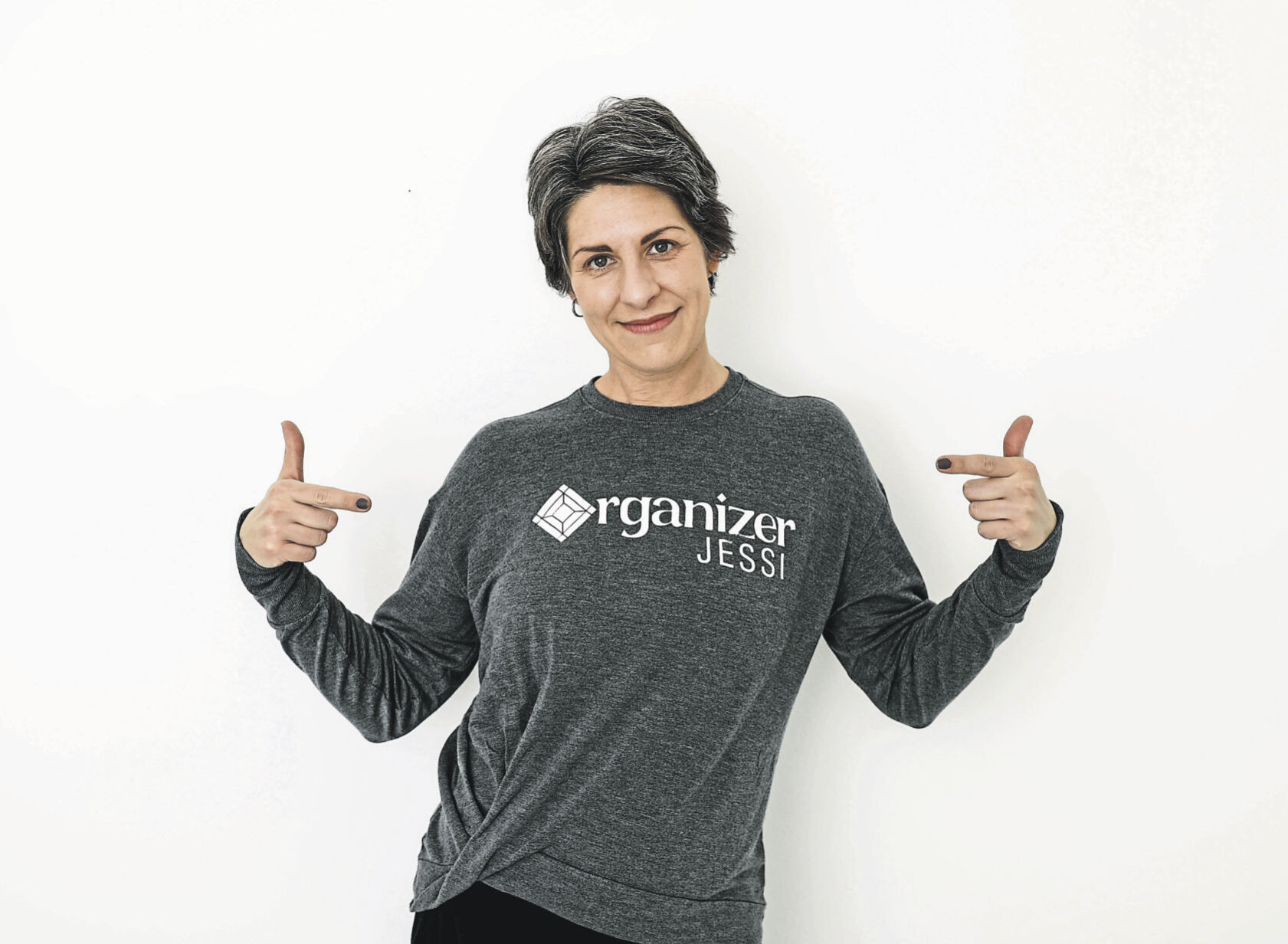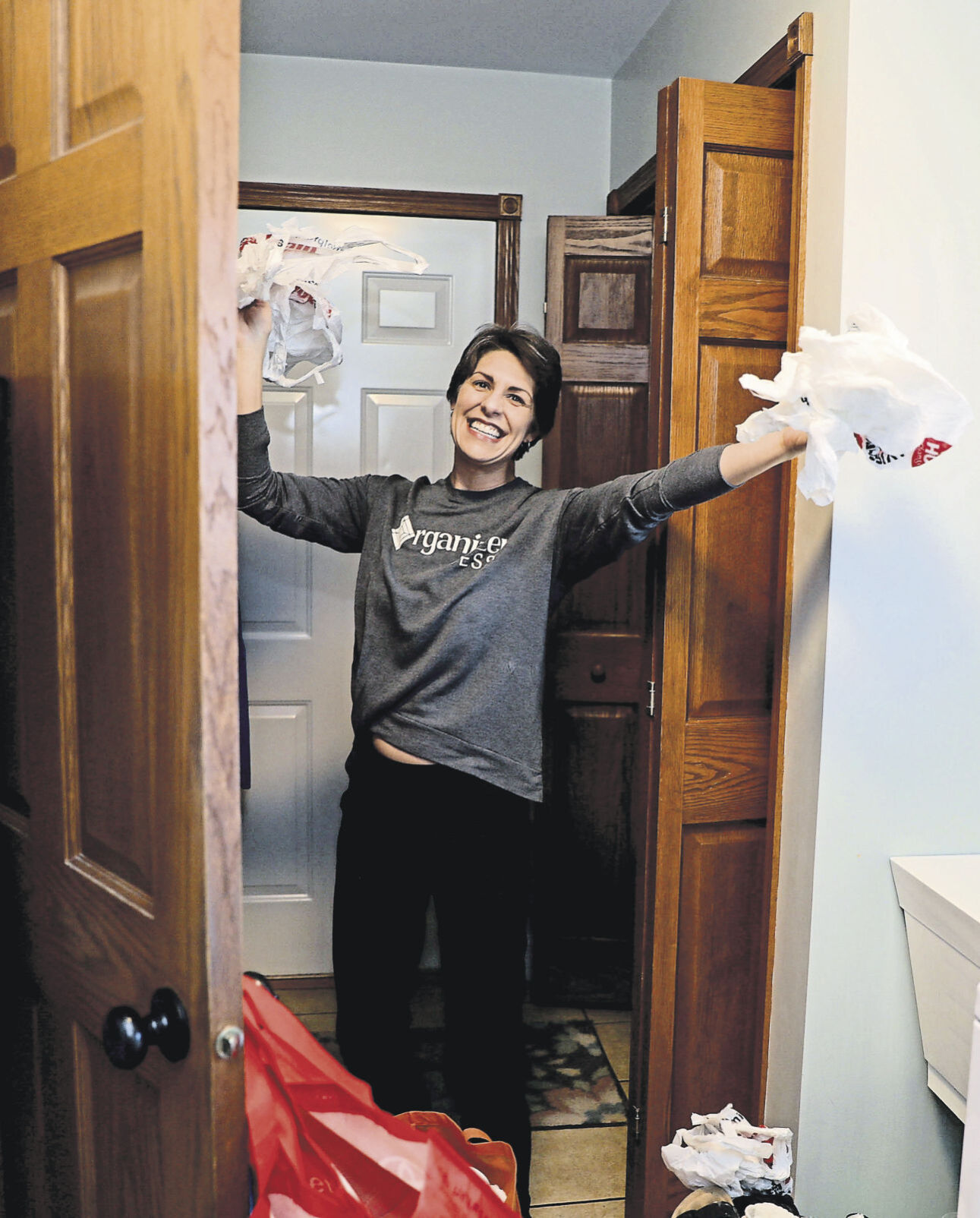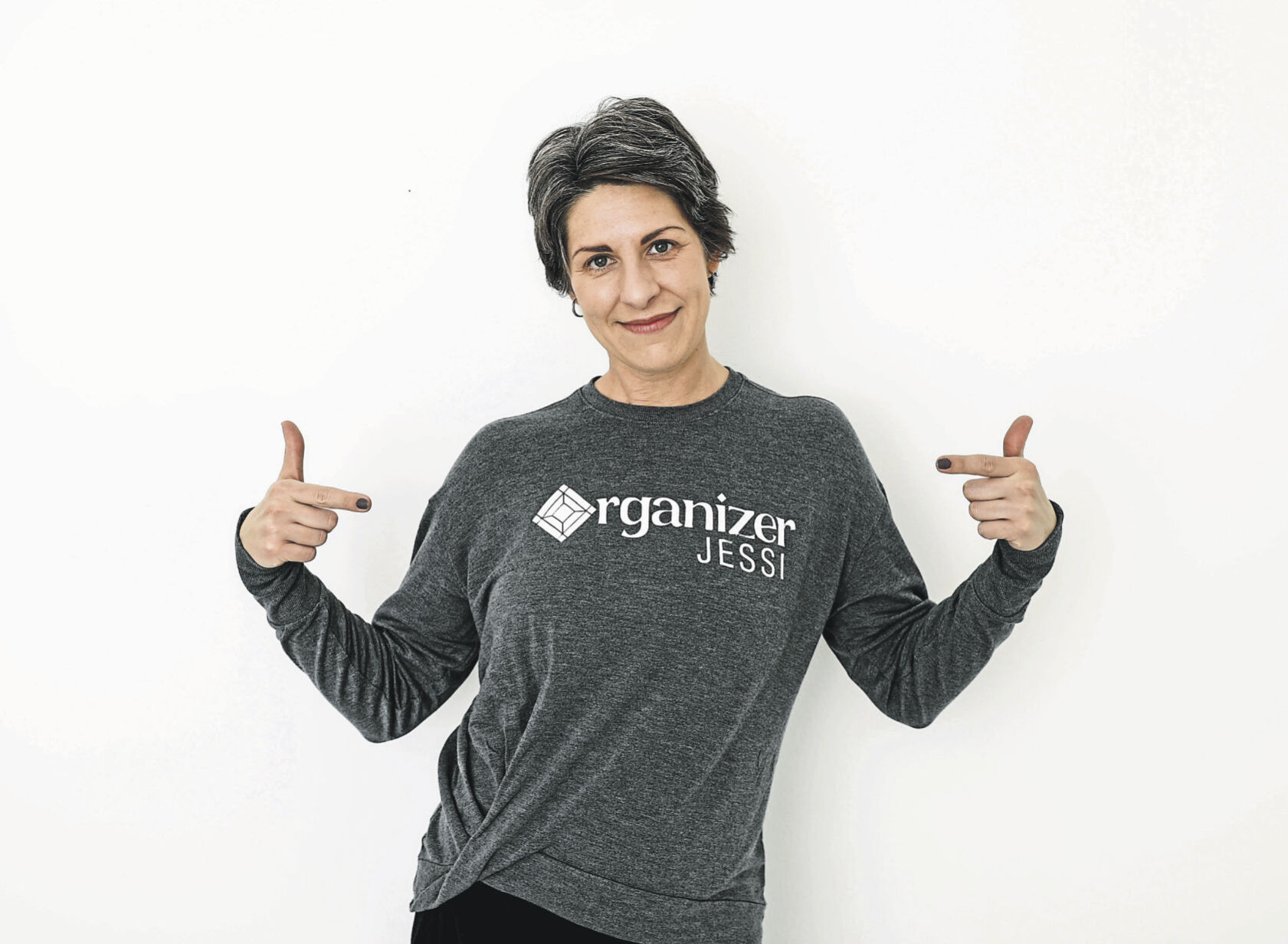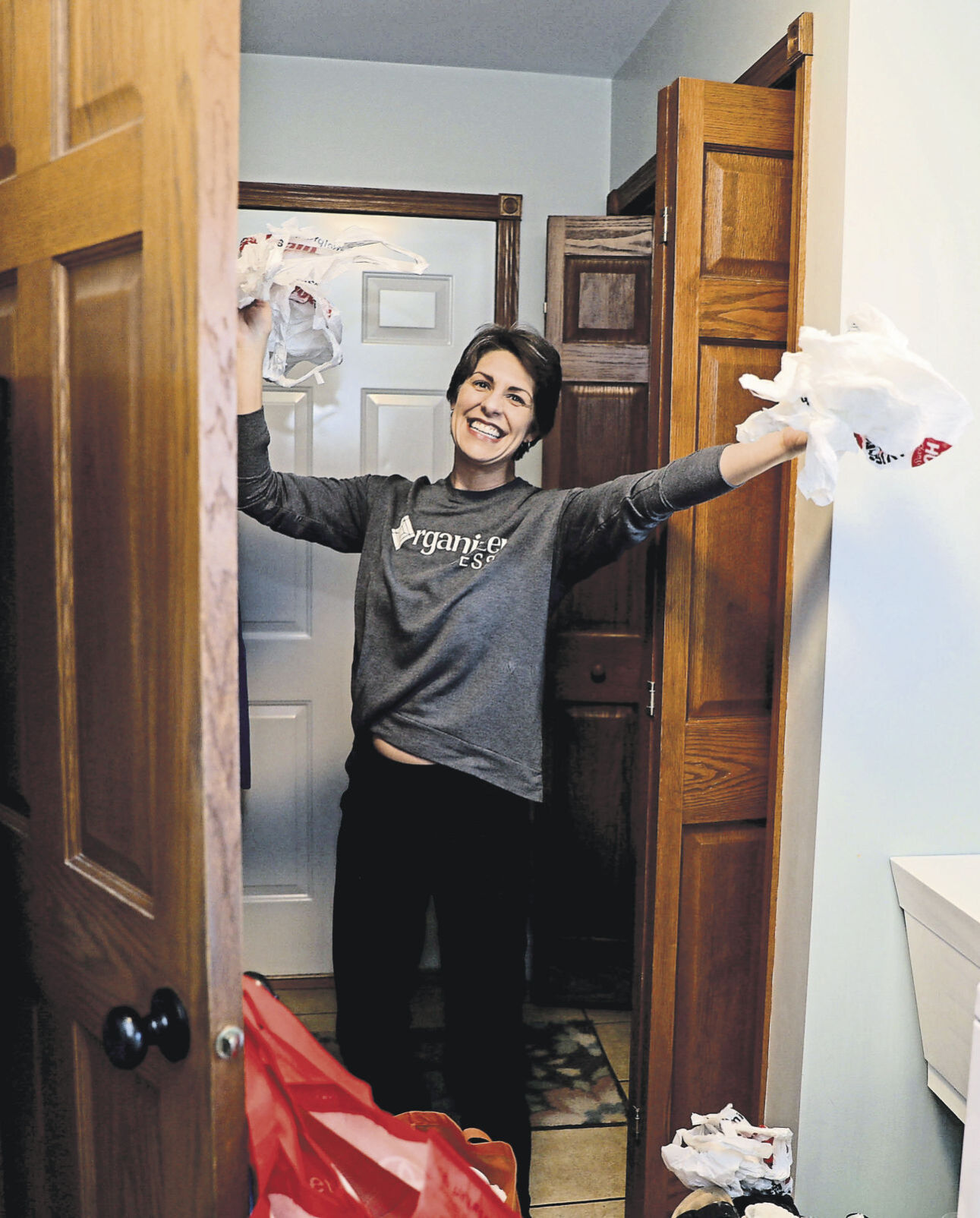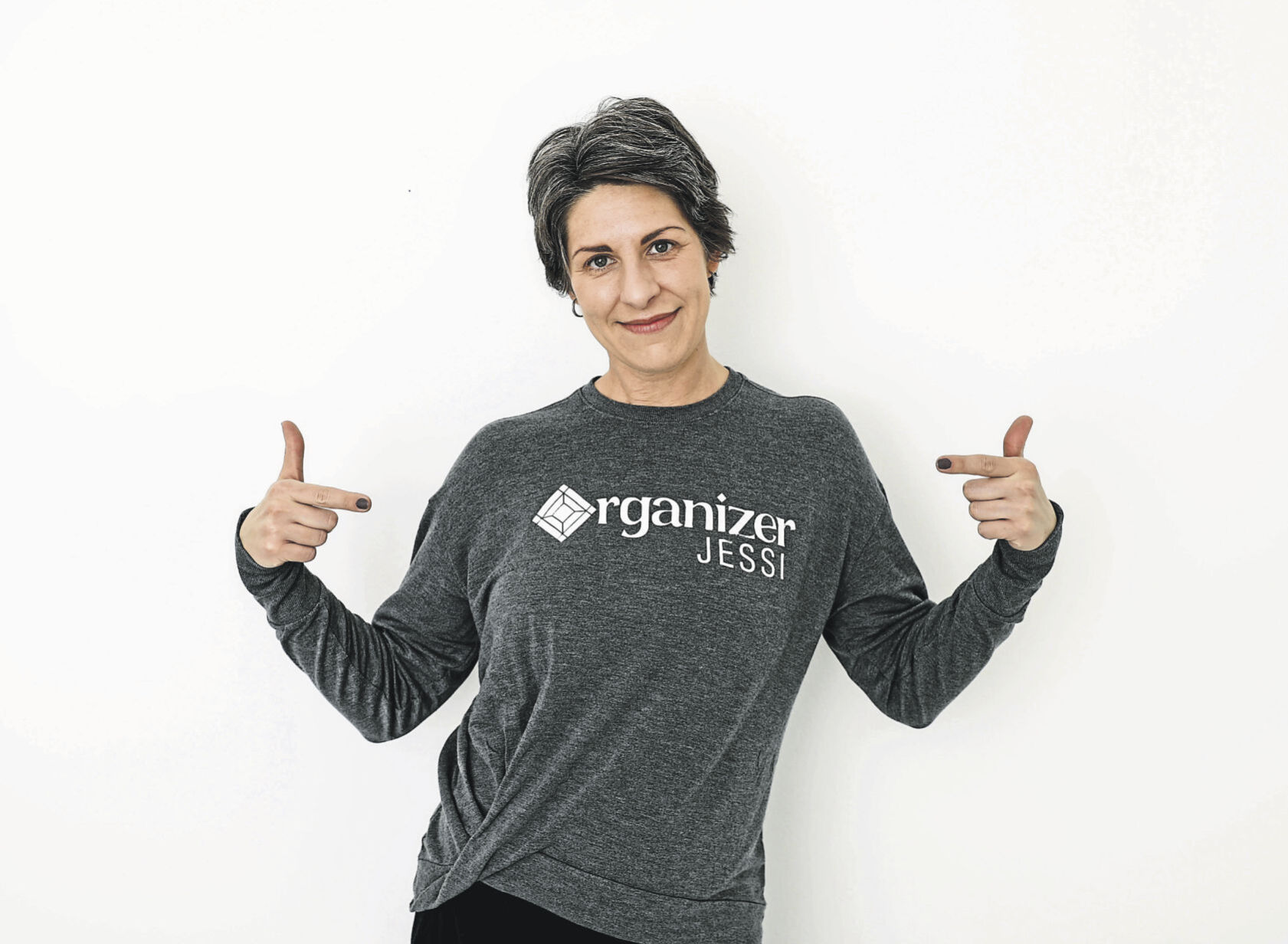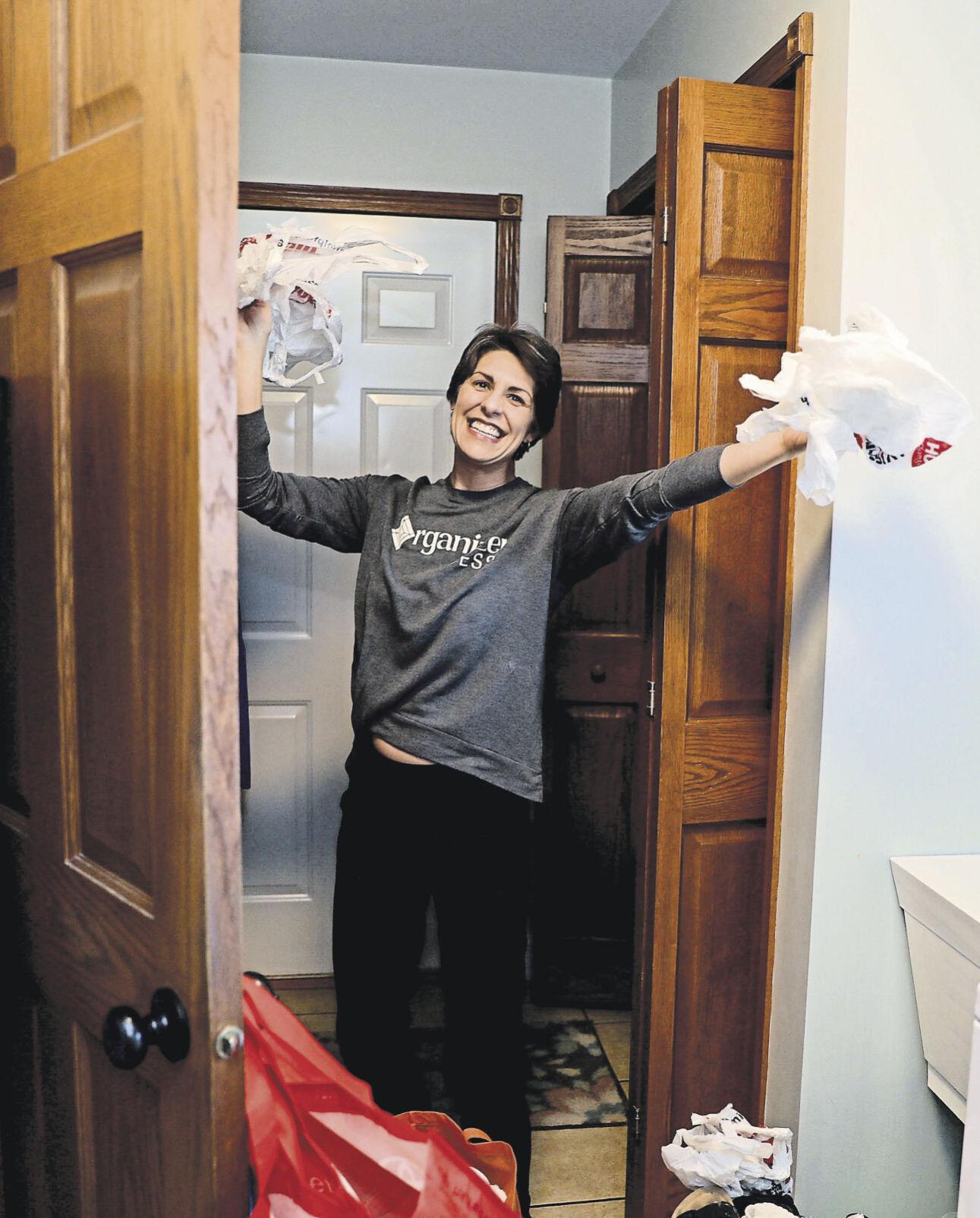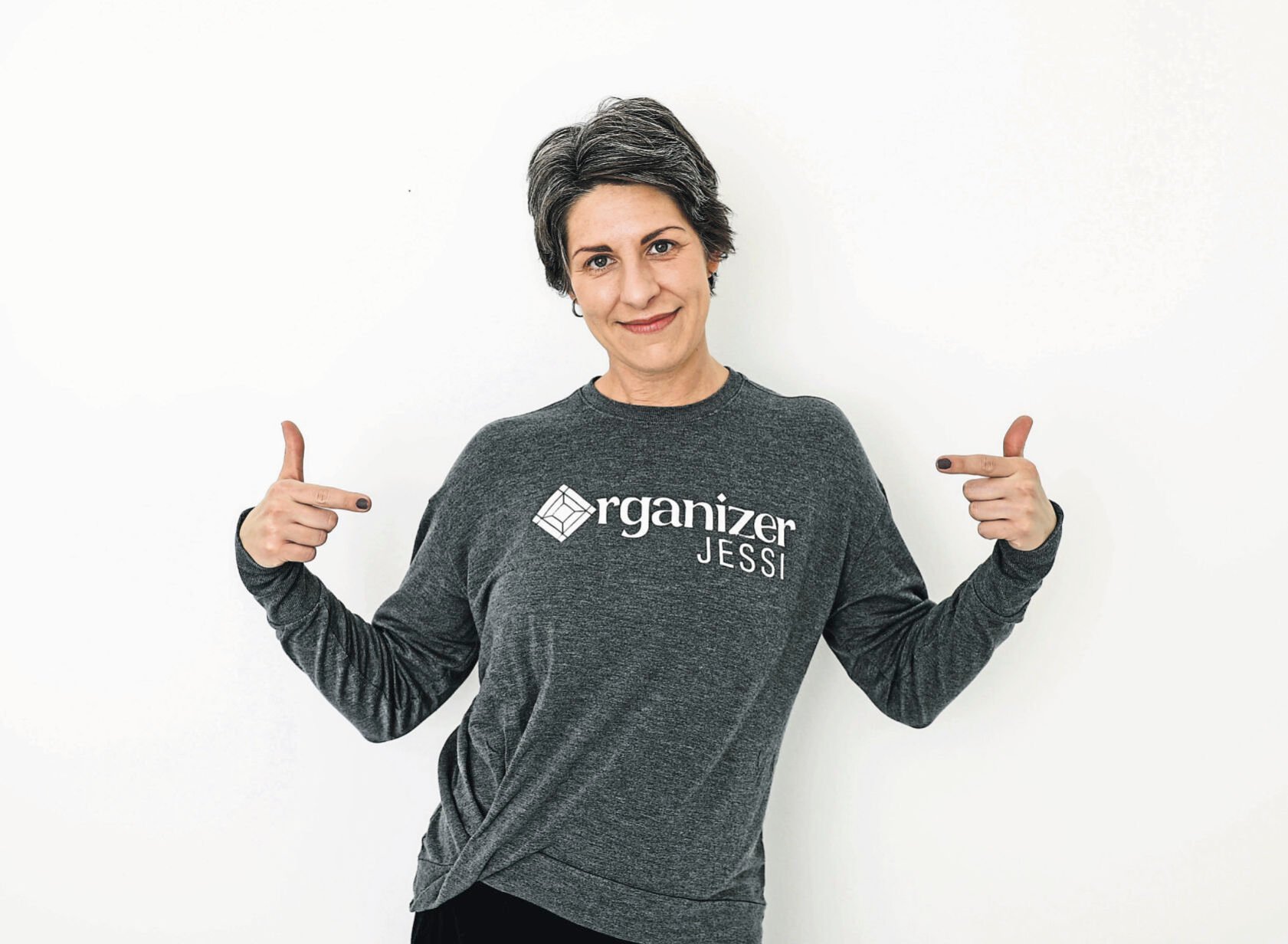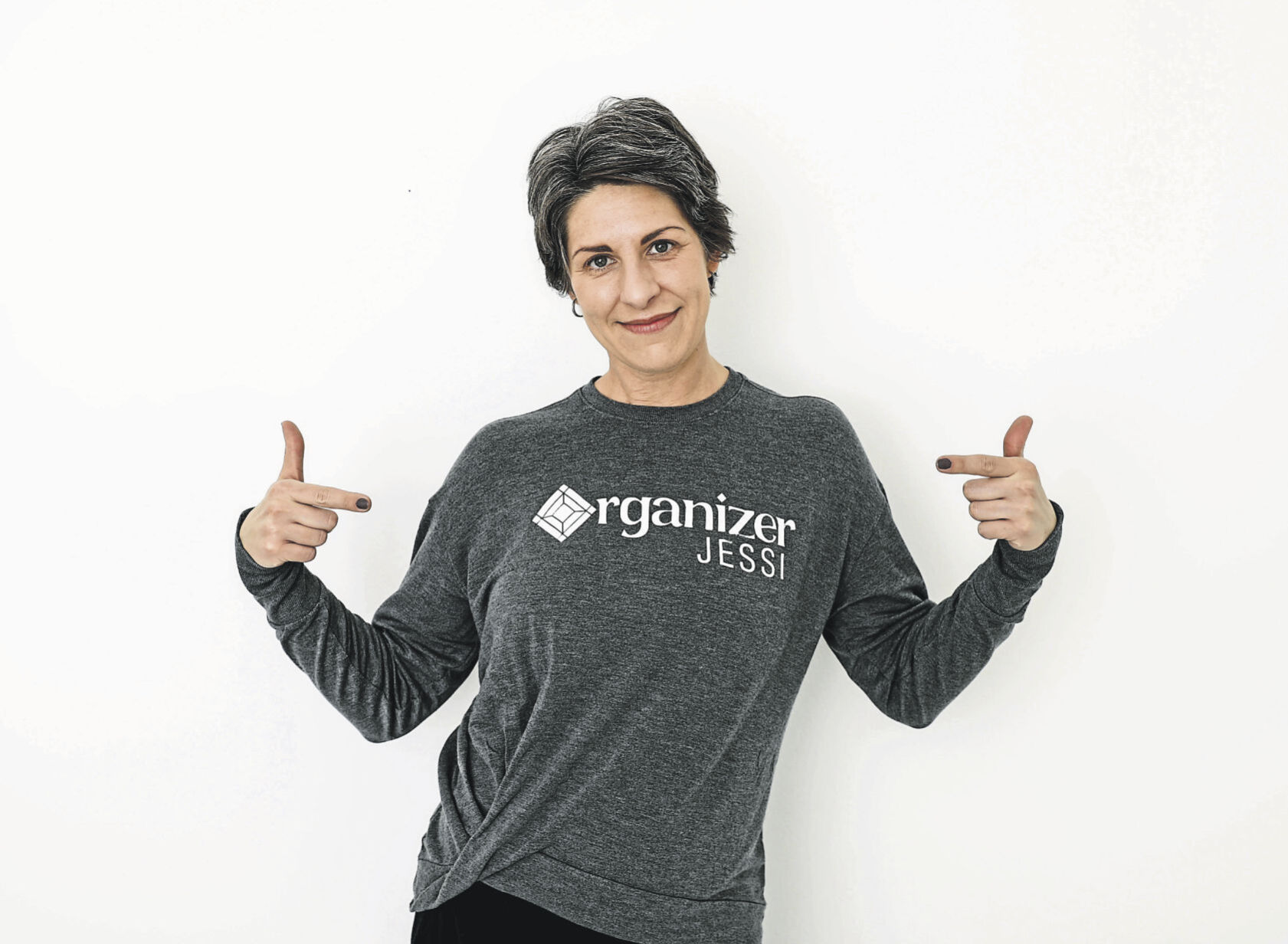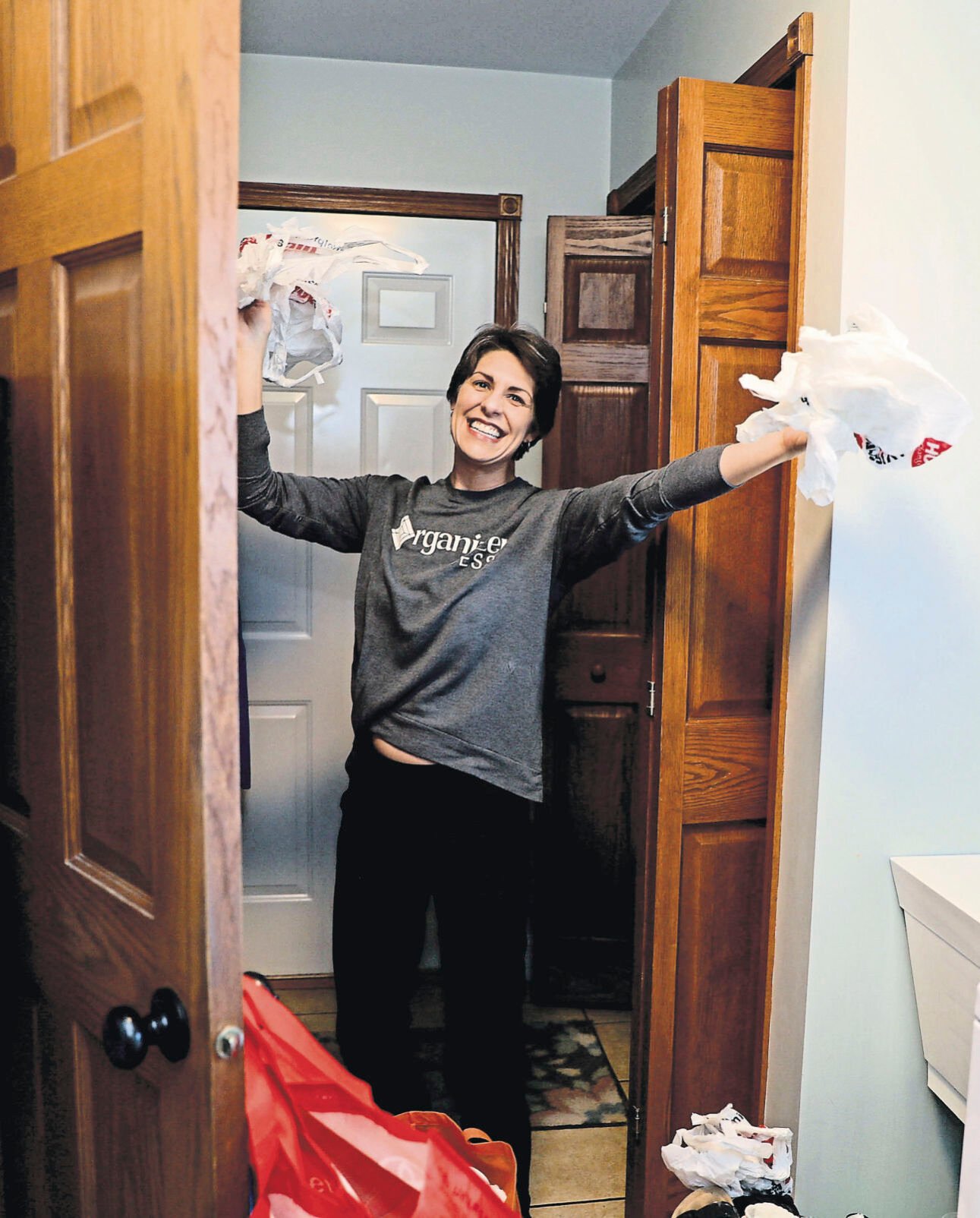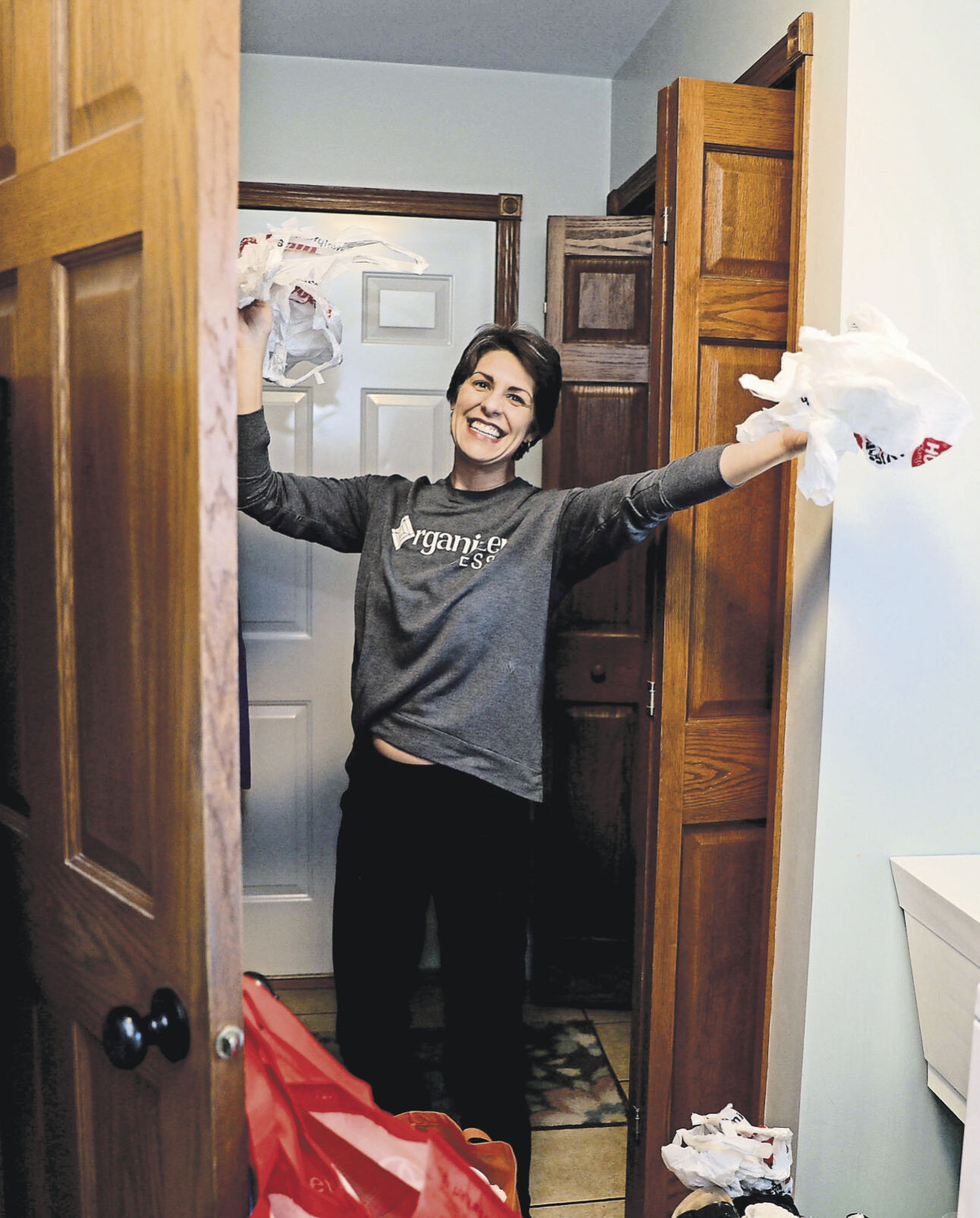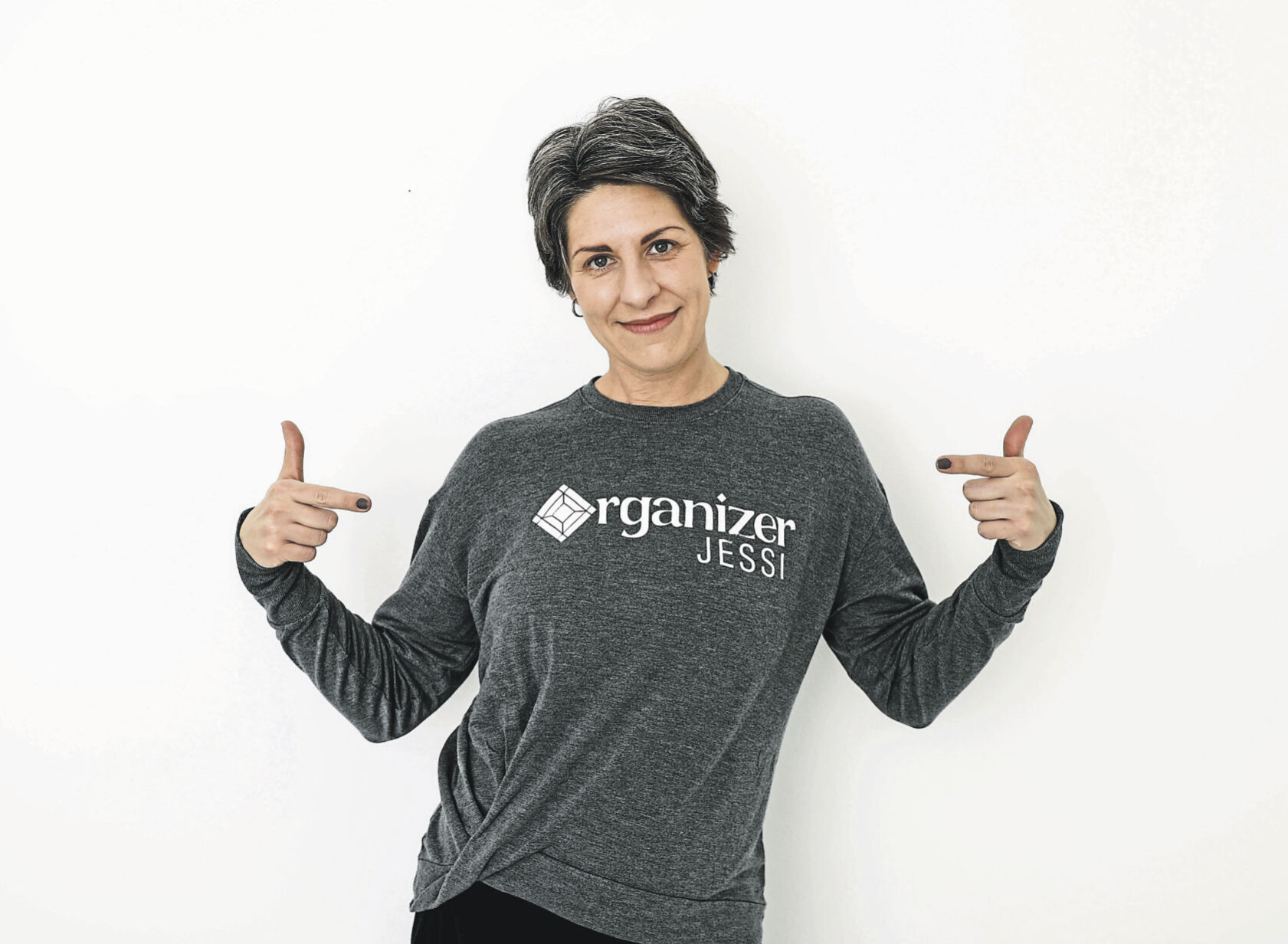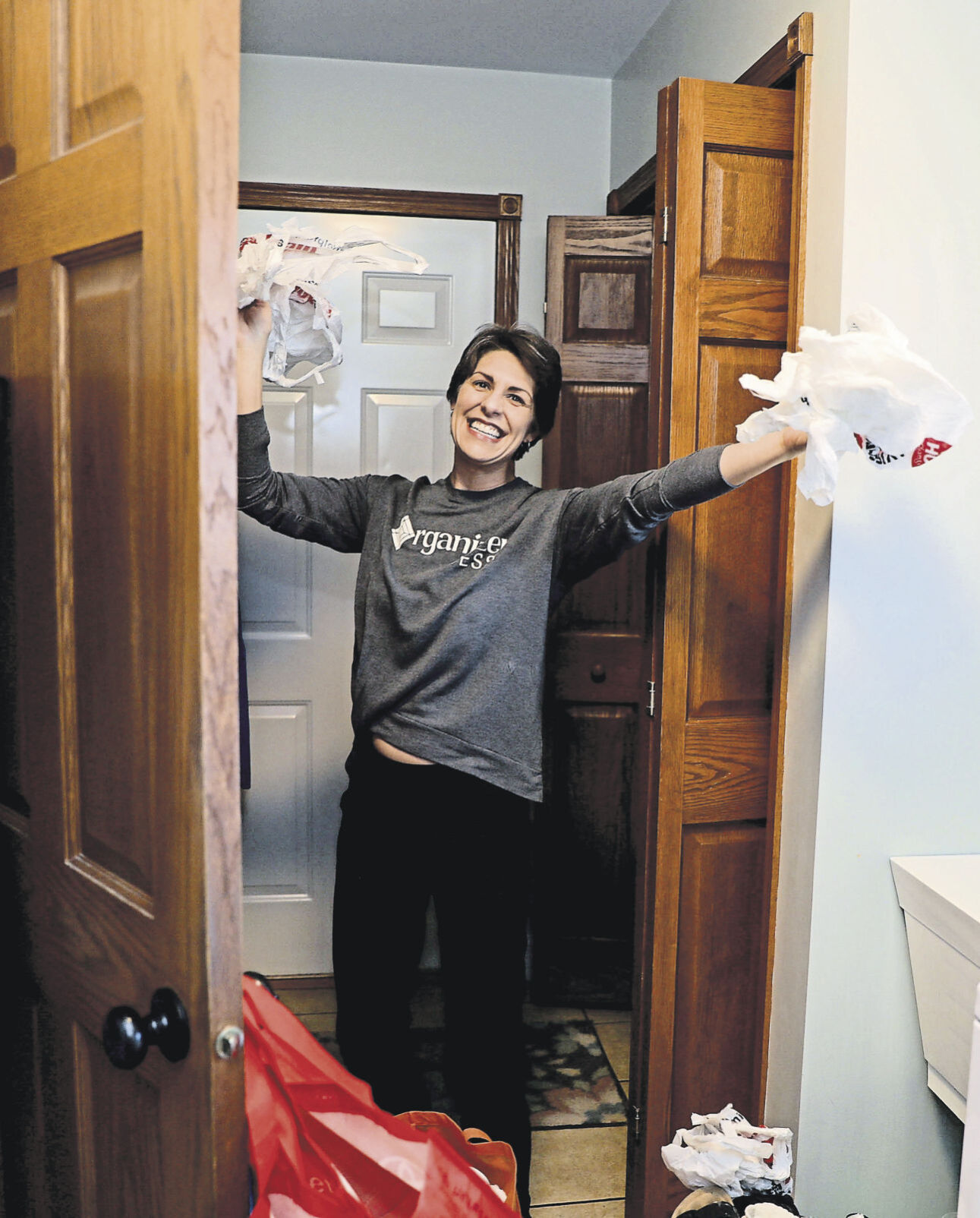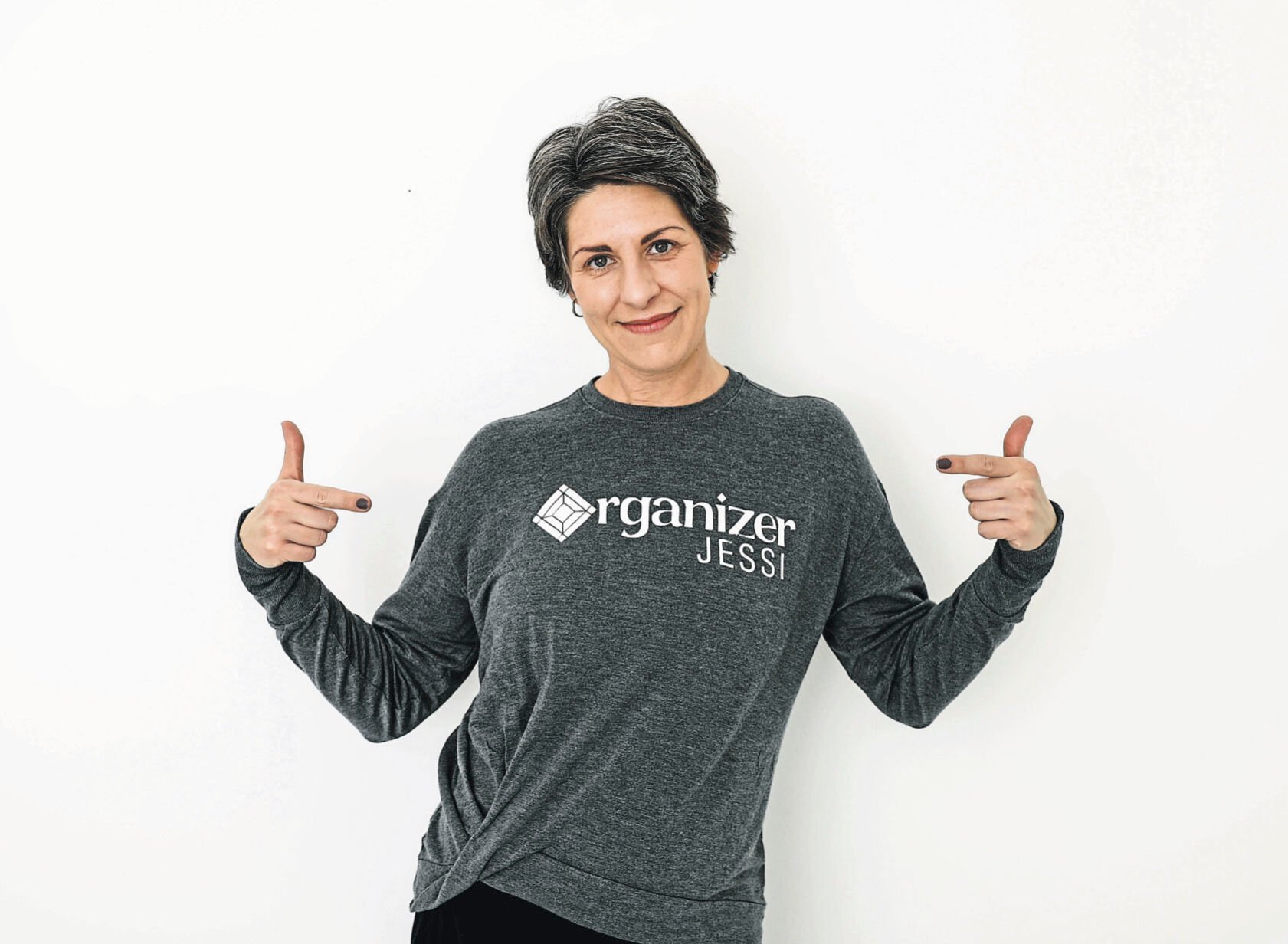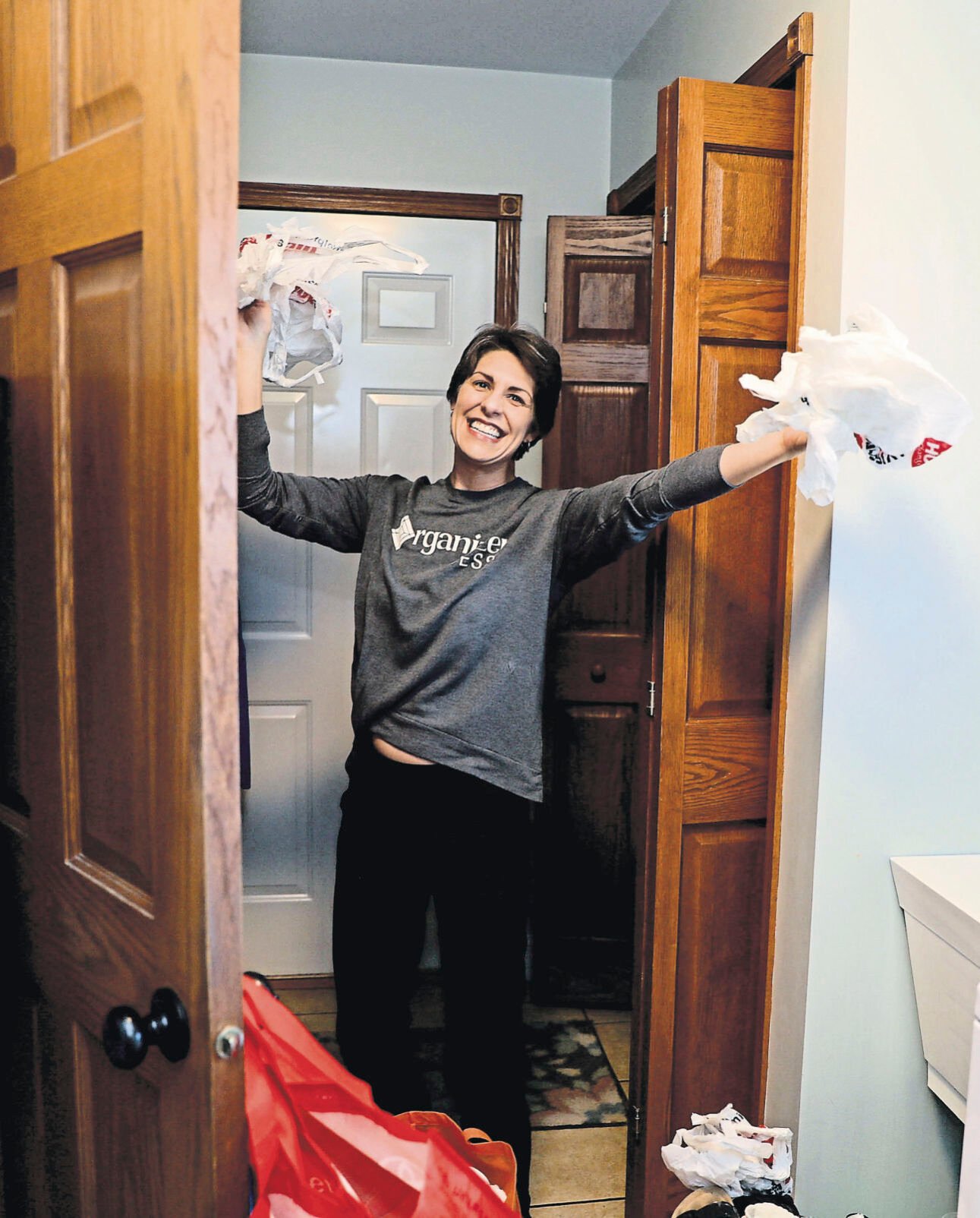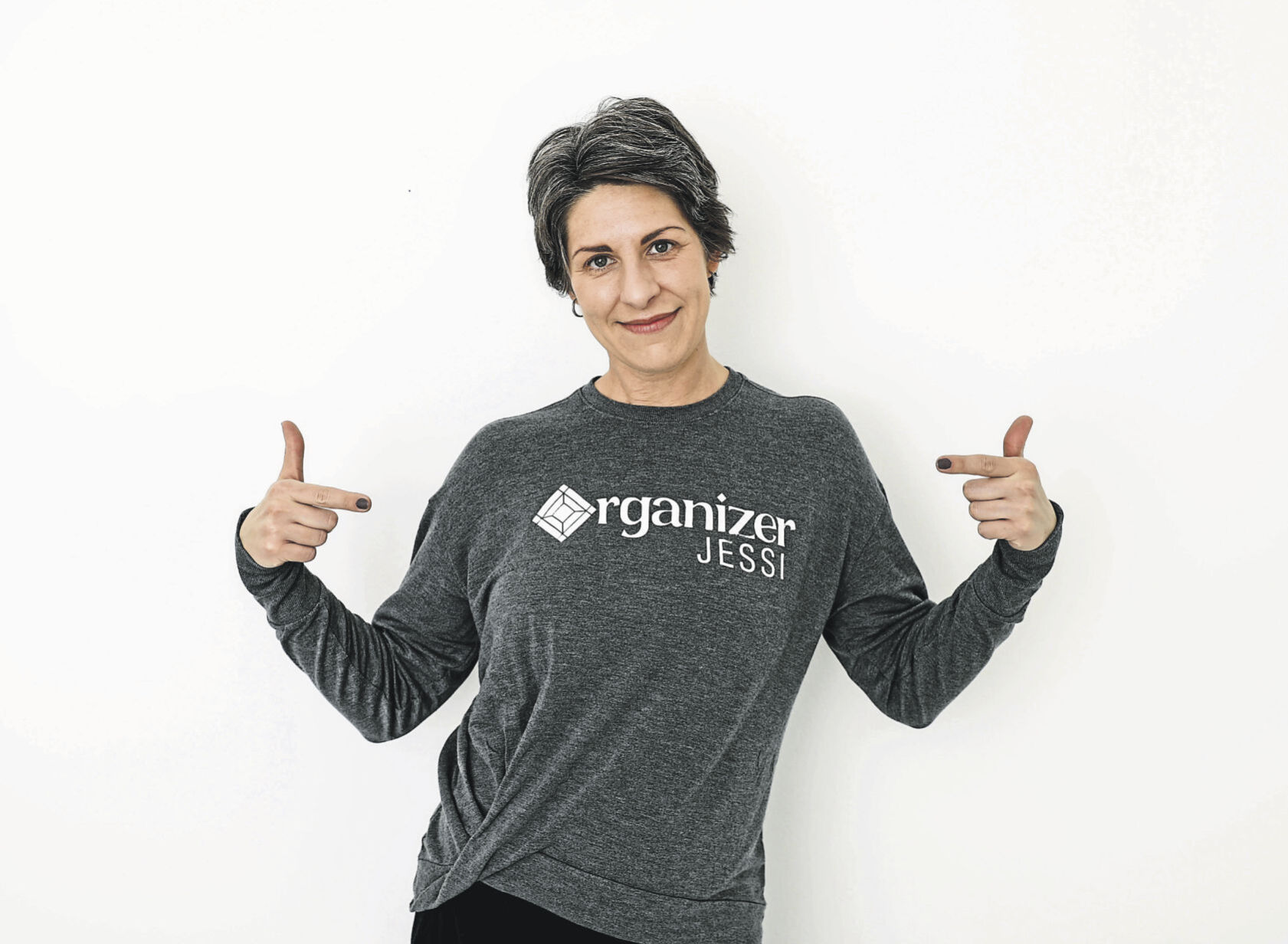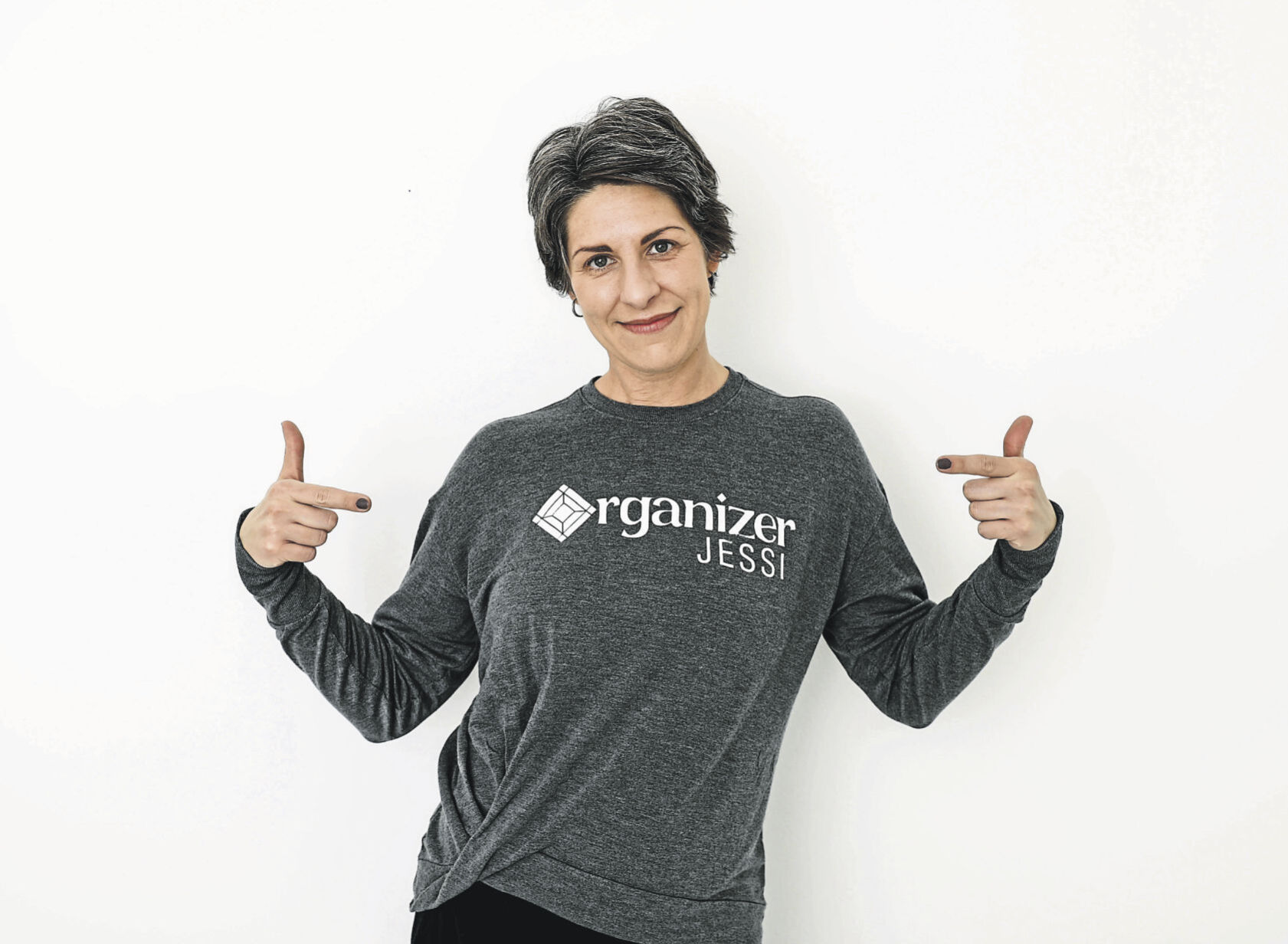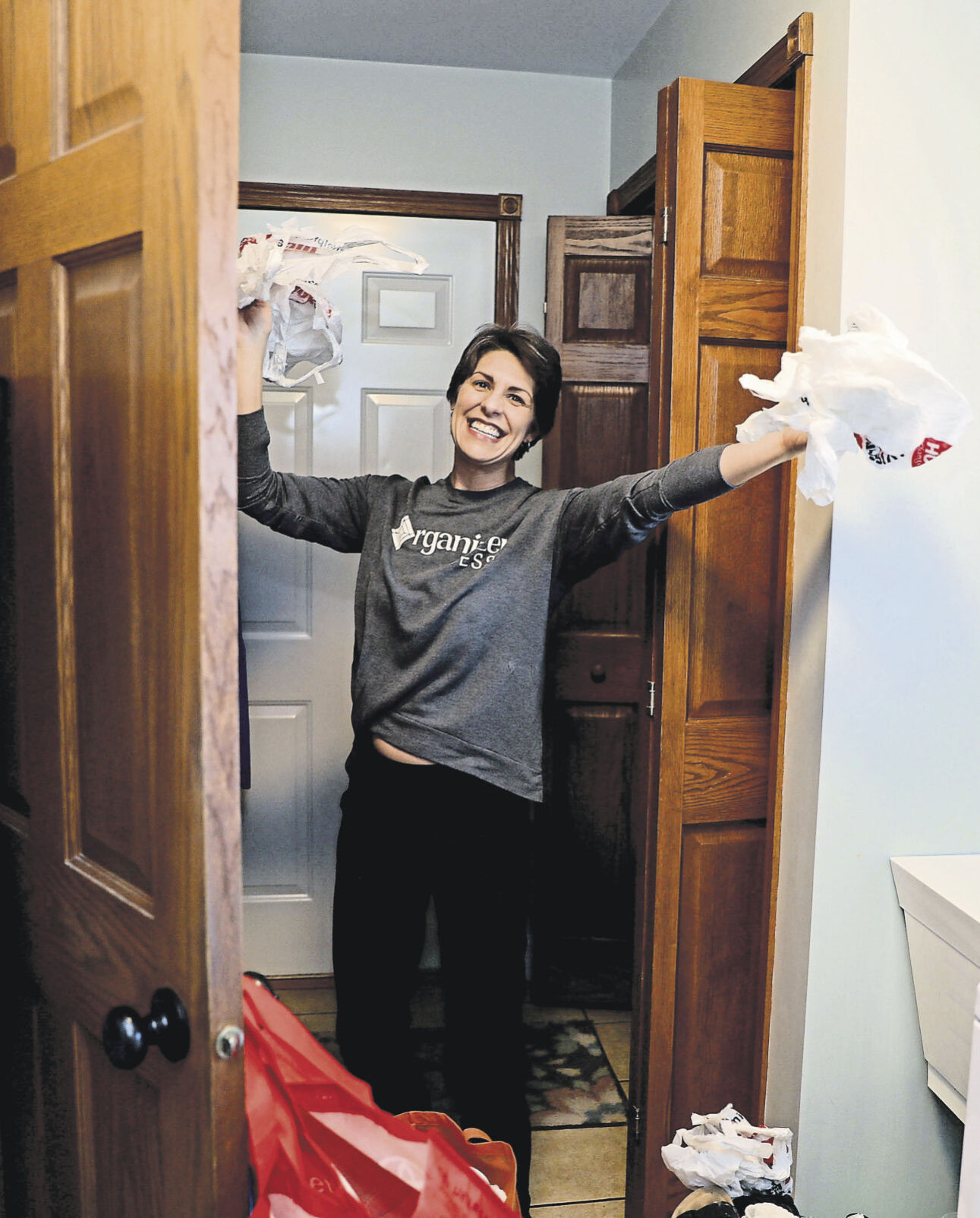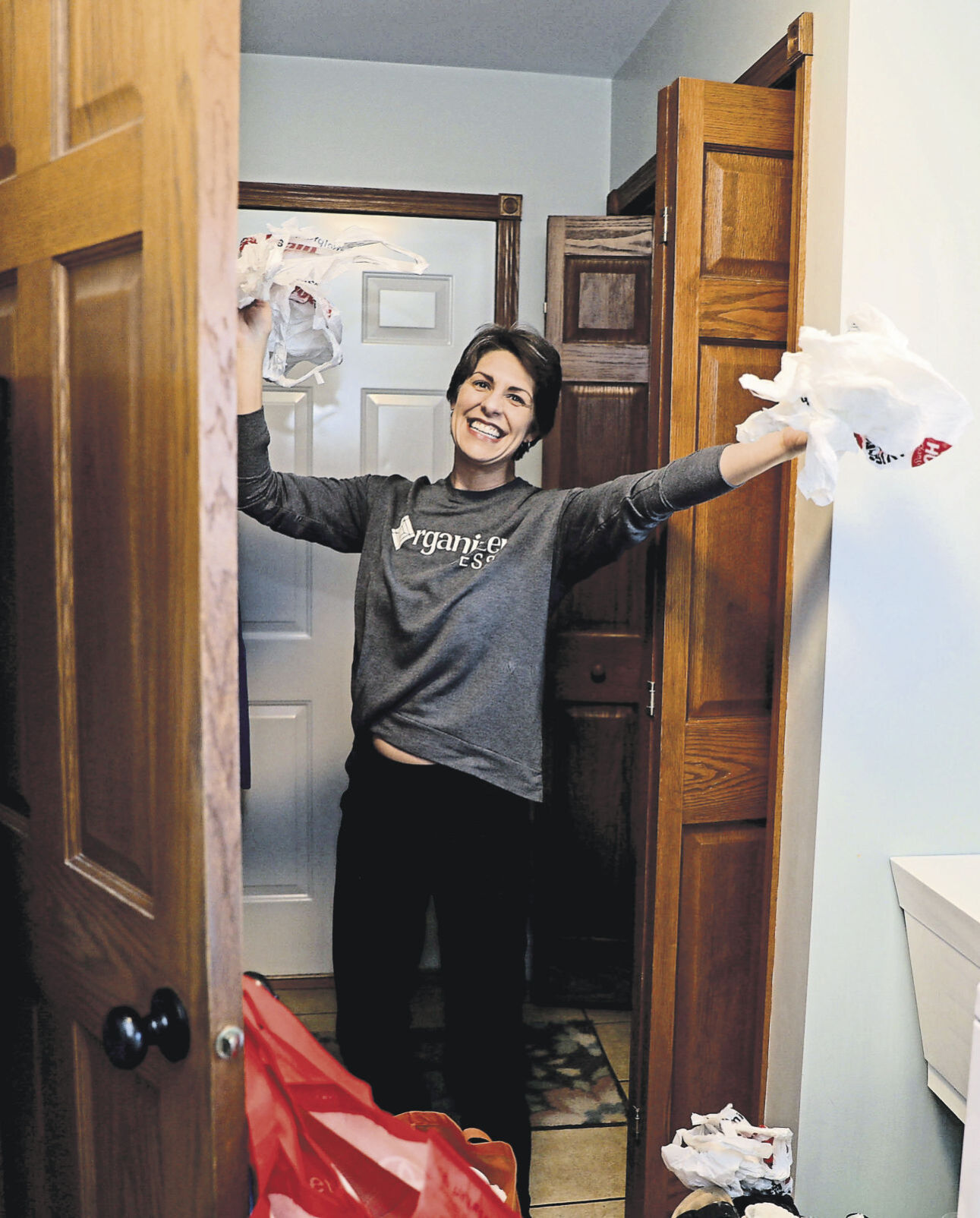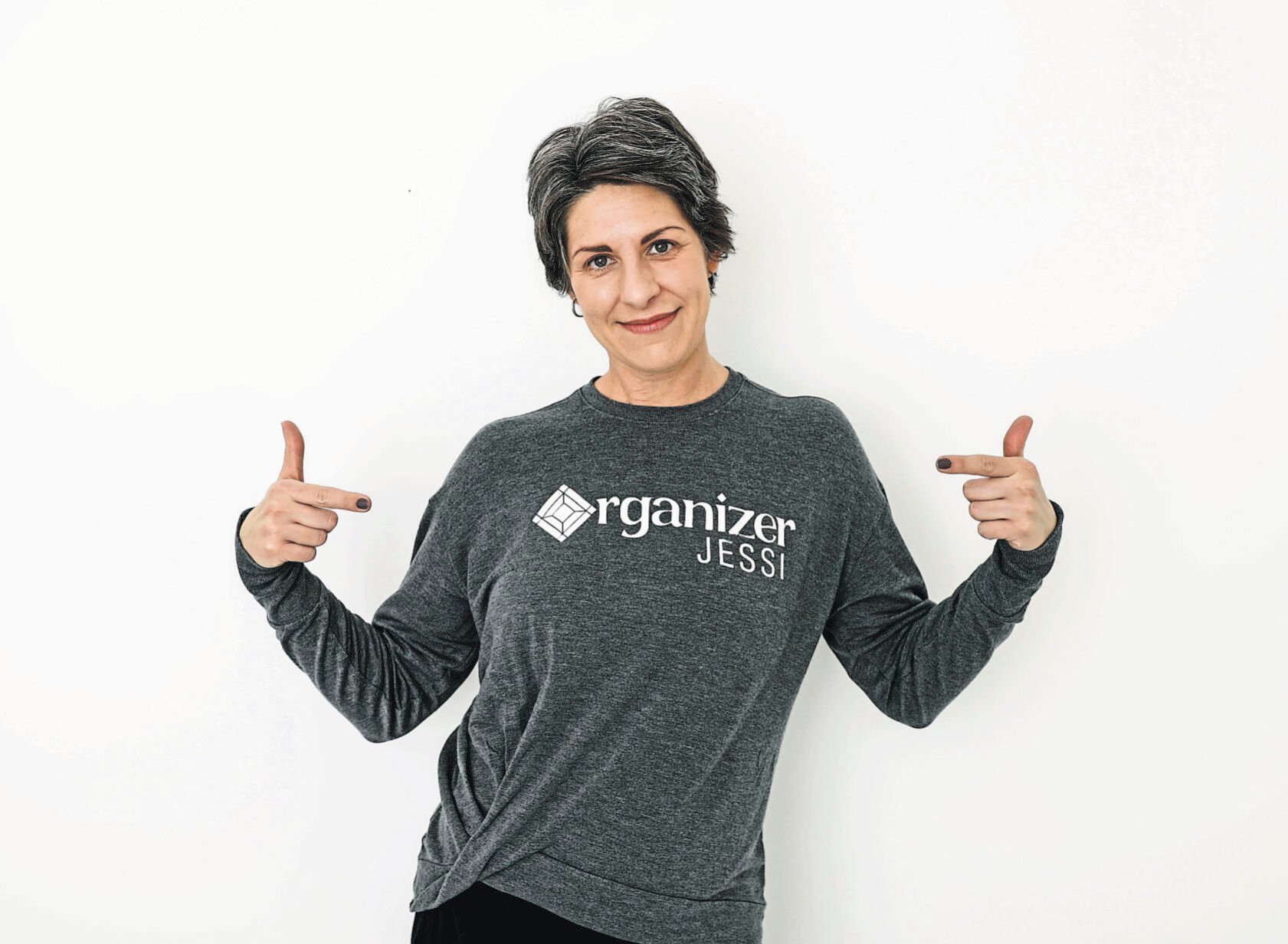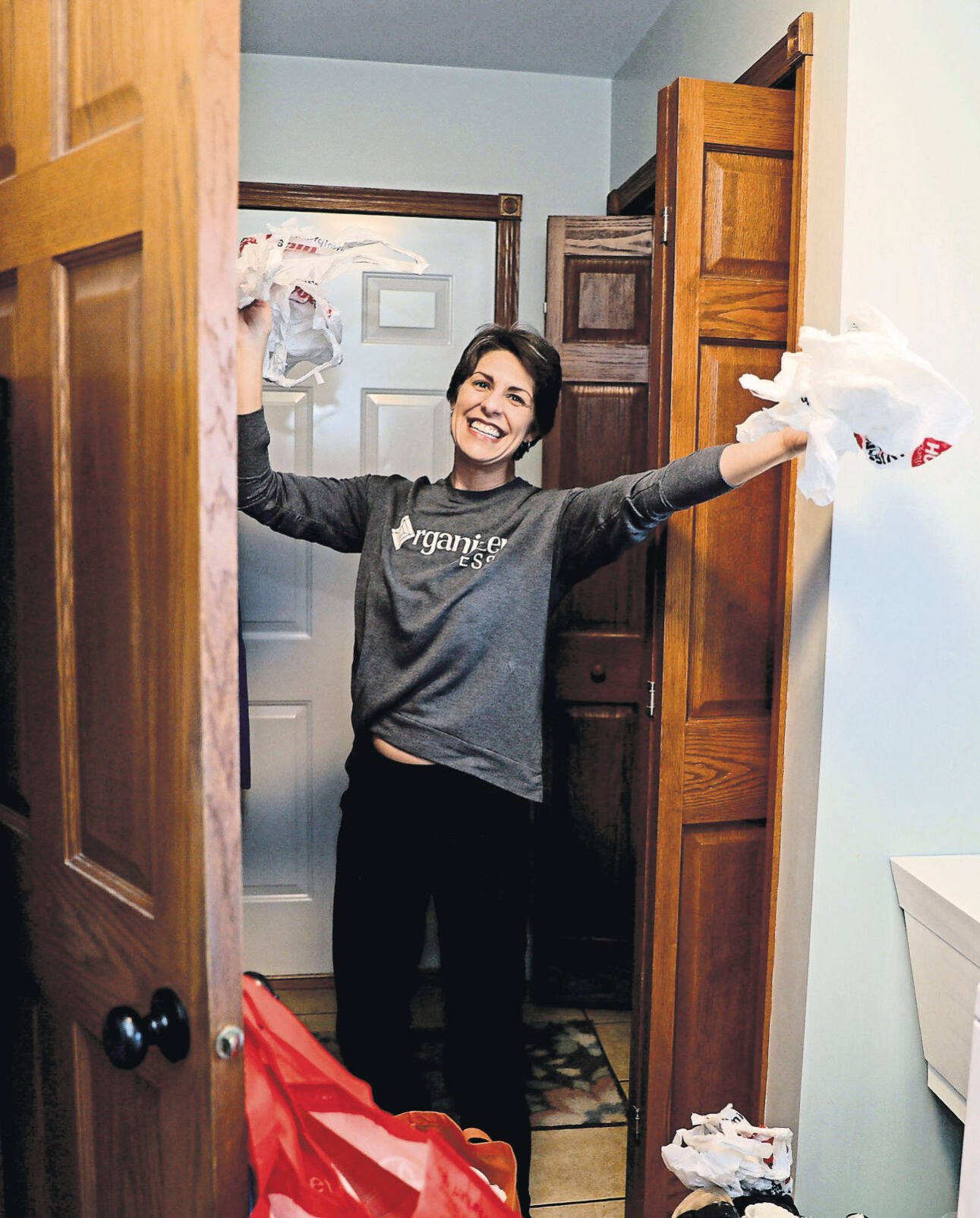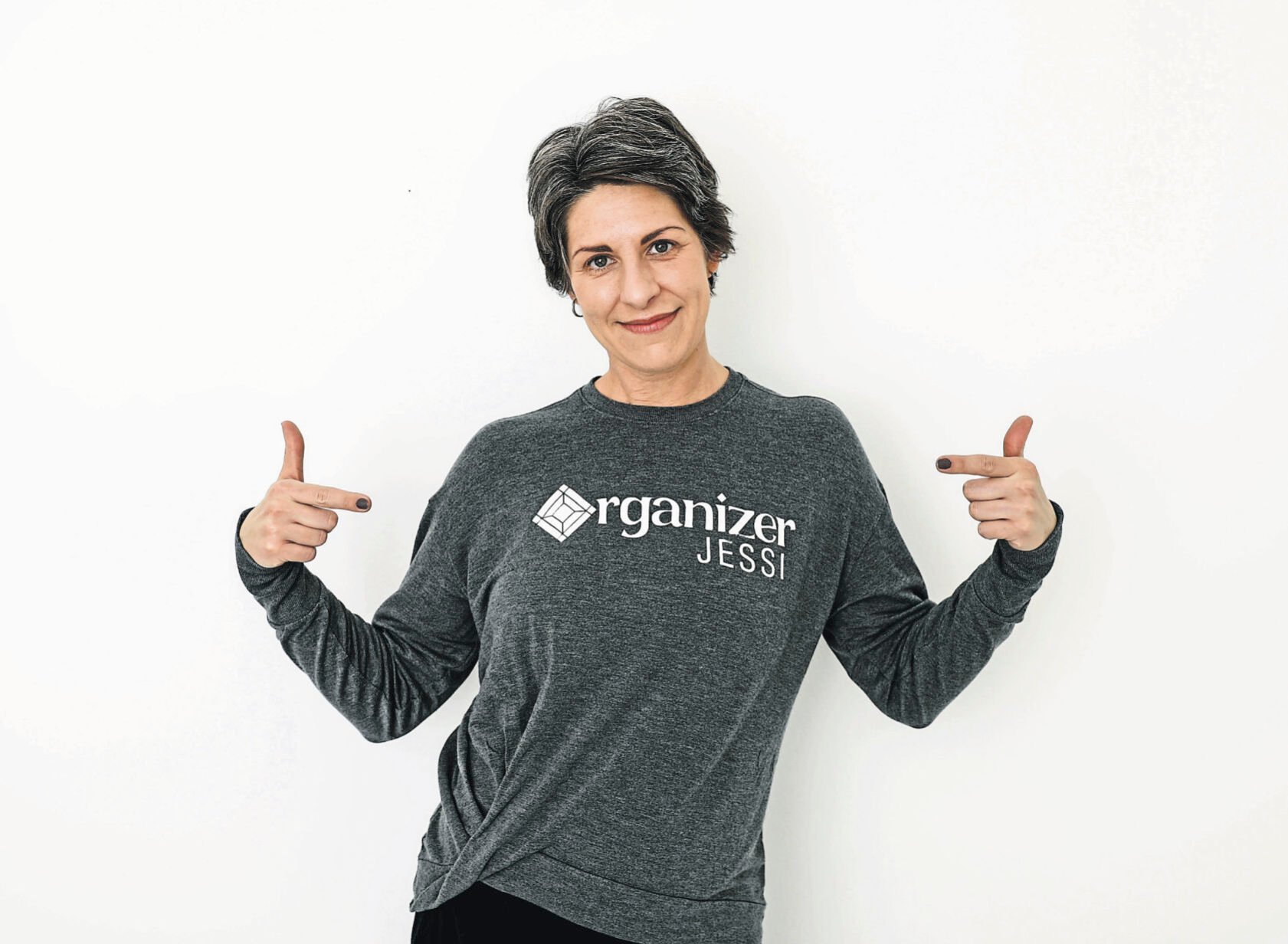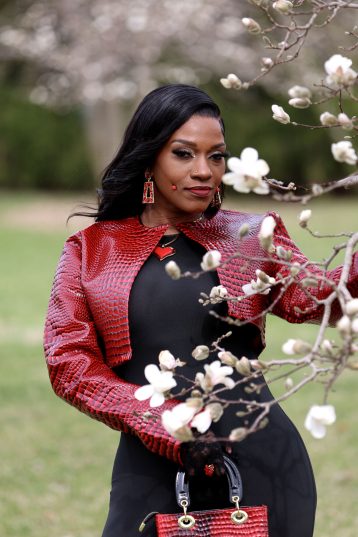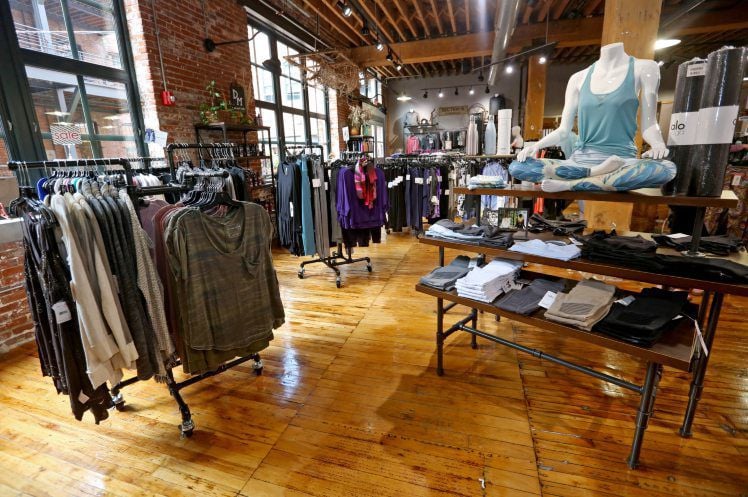Hopefully, April showers brought us May flowers.
As I write this, we are two days into spring, and people of the neighborhood have emerged. Kids are running around. Adults are active on the main drag. And there are a lot of open garage doors, inviting the warm air and neighborhood banter in.
Each street has that “go-to” house where kids gravitate and adults are standing around watching a game, enjoying beverages and generally having a good time.
When I was a teenager, my mom referred to this as, “hanging out with the garage rats.” Now, as an organizer and seasoned adult, I want to help you take your experience to the next level and showcase garage space as prime real estate, not just a storage unit.
Outdoor equipment and activity items typically overrule the majority of garage space.
What else are you storing long-term in your garage that is taking away from your daily lifestyle?
You can reclaim that space by evaluating what you have and continue to find useful today.
A large portion of what you are storing is no longer current, so find a way to give back to the community or tap into some cash by selling online. If you have access to a shed, this is a wonderful time to use it for overflow.
To successfully create a plan, move everything out. Adjust your mindset by understanding you want to touch/move things as few times as possible. This is a wonderful time to recruit a friend or hire a professional organizer to get you going in the right direction.
Take this opportunity to clean, make repairs and paint as you start planning your organization system.
You might find it helpful to have a trailer, dumpster or donation pick-up scheduled. A little planning goes a long way and garbage bags fill up quickly.
Start with your large items and create zones by category.
Equipment: Yard tools, mower/trimmer, seed spreader, air blowers, hoses, accessories, garbage and recycle bins, fridge and freezer, tables, chairs, tools and tool chests, tables, fishing equipment, camping gear, extension cords, grill, gas cans, etc.
Games and toys: Bikes, motorized vehicles, nets, balls, water items, yard games, chalk, etc.
Various items: Vases (consider donating back to local floral retailers), coats and shoes, coolers, broom and dustpan, reusable bags, grocery bags, batteries, light bulbs, paints, cleaning products, automotive chemicals, TV, etc.
Once you remove items and touch all of your possessions, more than likely, you will realize you have more than you need, use or remember owning.
A great question to ask yourself about every item is, “Does this item make my life easier or harder?”
Trust me, there are hundreds of other questions you can bounce around in your head, but stay focused on the basics. Everyone experiences regret, what-if and remorse of overall cost when downsizing and organizing. You can’t change past purchase history, but you can move forward and learn from this situation and modify your spending habits.
A natural way to get the kids involved is not tell them what you’re doing. Reverse psychology can work in your favor, as kids naturally want to be included. If the only guidance you give kids is to play outside and stay out of the way, you’ll give them reason enough to sneak in and show interest in what you’re doing.
Create a zone for kid items. As you sort and move things out, you will see what kids naturally go to and grab. This is a great approach and saves you from hounding them every five minutes. You might learn more from actions vs. words here.
Working with older kids can be a completely different experience. Parents might be making up reasons to keep something, but if asked, older kids might offer an honest response to let something go.
When creating your new garage organization plan, make use of rolling shelving units, hooks, nets, baskets, bins, wall and overhead storage. Sorting by category will create smaller groupings, making it easier to find what you are looking for, while keeping basket and bin contents lighter weight and easier to move. Getting things off the ground will allow for easier and safer flow around vehicles and equipment, as well as easier clean up.
As warmer weather approaches, I hope to see more people taking back garage space that stuff has outright stolen. Here’s to some newly created garage entertaining spaces. I invite my readers to email before/after garage shots. I know this magazine has men and women followers, and I would love to see your spaces.
The greatest advantage of organization is there is no right or wrong way to do things. You always can modify your strategy as you learn what does and does not work. The most important step is to start.
Jessi Bushman is a professional organizer, member of the Iowa Professional Organizers Association and owner of Organizer Jessi in Dubuque. Visit her at organizerjessi.com or on Facebook at OrganizerJessi. You also can email her at organizerjessi@gmail.com.

